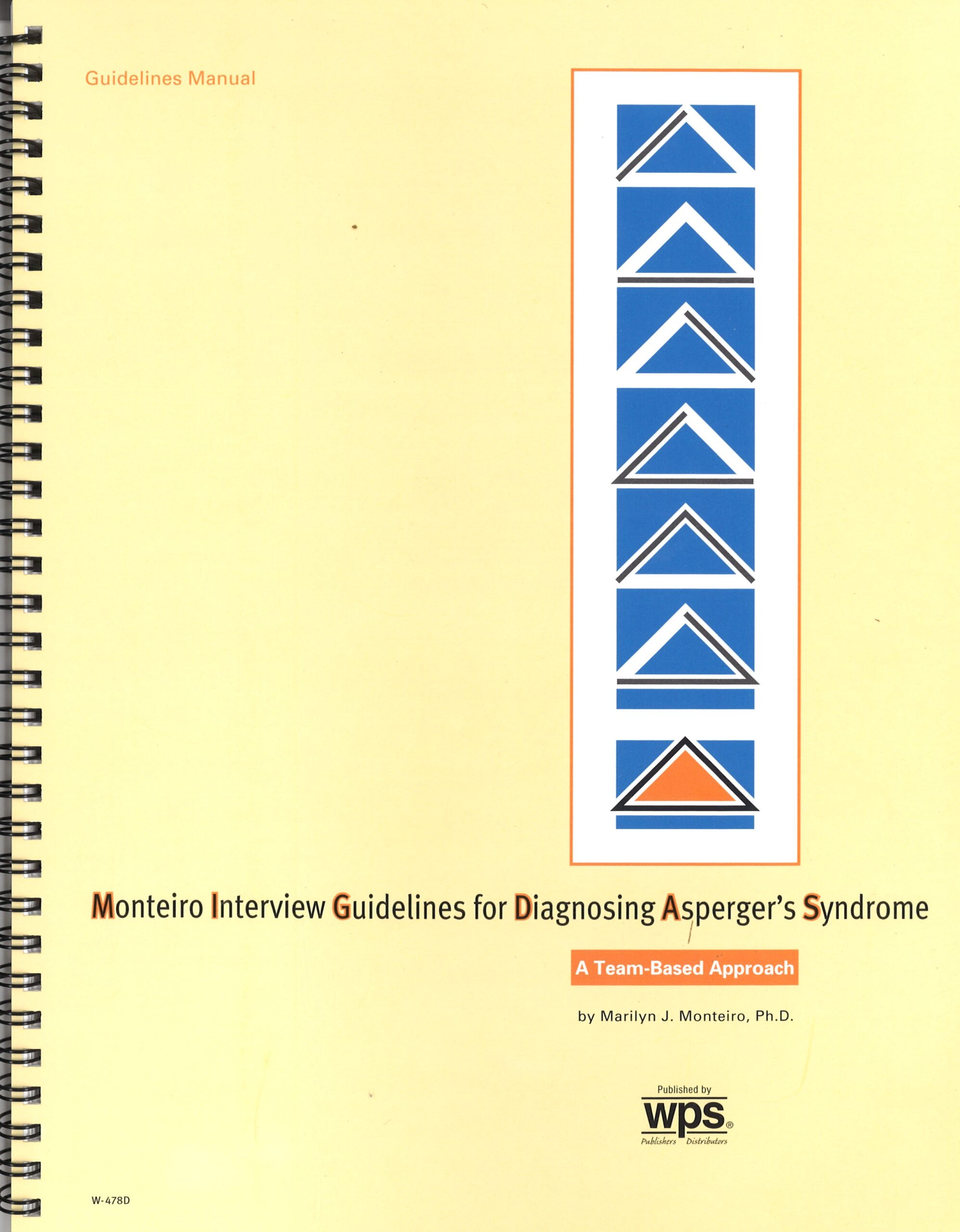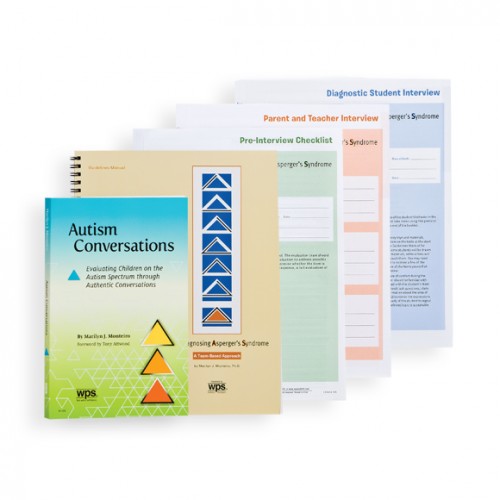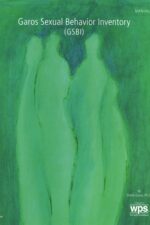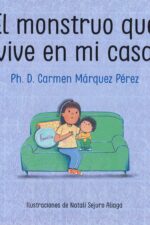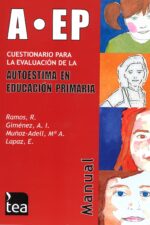- Includes: (1) Manual, (10) diagnostic student interview, (10) pre-interview checklist and (10) parent and teacher interview
- Ages: school-aged children and teens, as well as verbal preschoolers
- Testing Time Varies: 15-90 minutes depending on format
- Administration: Individual
This set of products helps evaluation teams assess and diagnose Asperger’s Syndrome in children and adolescents. The MIGDAS—which includes a Manual, a Pre-Interview Checklist, a Parent and Teacher Interview, and a Diagnostic Student Interview—provides an efficient, systematic way to gather and organize diagnostic information from multiple sources.
How the MIGDAS Works
When members of the evaluation team receive an assessment referral, they complete the Pre-Interview Checklist. If the checklist indicates the need for a comprehensive evaluation, the team proceeds to the Parent and Teacher Interview, and then to the Diagnostic Student Interview, following guidelines presented in the Manual. When these three steps are complete, the team members meet to discuss and interpret their findings. Using the information they have gathered, they provide feedback to parents and teachers, including a detailed narrative report with diagnostic impressions and recommendations.
Pre-Interview Checklist
This checklist looks at 11 broad areas in which a student with Asperger’s is likely to display difficulties:
•Cognitive Level
•Academic Achievement
•Language and Communication History
•Preoccupations and Interests
•Organizational Skills
•Physical Coordination
•Anxiety Level
•Affective Vocabulary
•Social Skills
•Sensory Issues
•Previous and Current Diagnoses
For each area, the team answers two Yes/No questions, drawing information from the student’s records and brief conversations with parents and teachers. If the student has at least one Yes in each category, a full evaluation for Asperger’s Syndrome is warranted. The checklist takes 15 to 30 minutes to complete.
Parent and Teacher Interview
The team uses this interview booklet to obtain background information about the child. Parents answer questions about the student’s social, emotional, and sensory behaviors; interests; routines; developmental and medical history; and any concerns they may have about their child. Teachers respond to items addressing the child’s academic performance; emotional expression at school; organizational skills; social relationships with peers and adults; classroom behavior during structured and unstructured activities; response to transition times; communication style; interests; and physical movement. The parent interview takes 60 to 90 minutes, and the teacher interview an additional 30 to 45 minutes.
Diagnostic Student Interview
The student interview—the heart of the diagnostic process—is used to collect and document samples of the student’s behavior in the three key areas relevant to a diagnosis of Asperger’s Syndrome:
•Language and Communication
•Social Relationships and Emotional Responses
•Sensory Use and Interests
The interview booklet contains detailed prompts and behavioral descriptions to guide evaluators as they structure an interactive, dynamic interview with the child.
Using sensory-based toys and materials and focusing on the child’s interests, the interview gives the team an opportunity to see if the child displays the pattern of behavior associated with a diagnosis of Asperger’s Syndrome. It requires 45 to 60 minutes.
Guidelines Manual
This step-by-step guide tells team members how to conduct the parent, teacher, and student interviews and what to consider in forming diagnostic impressions. It also offers guidance on giving feedback to parents and teachers, making appropriate educational recommendations, and writing the narrative report. In addition, the Manual suggests sensory-based materials for use in the Diagnostic Student Interview (with photos) and tells you where to obtain them. Also included are a sample case, with completed protocols and report excerpts, and a list of other assessment resources.
Diagnosis Based on Qualitative Information From Multiple Sources
The MIGDAS gives you a rich, detailed, qualitative description of the student’s distinctive way of relating to the world. By using a team-based model, as well as parent, teacher, and student interviews, this diagnostic process integrates multiple sources of information and expertise from various disciplines. A diagnosis arrived at through this process is therefore based on direct interaction with the student, parents, and teachers. Accordingly, teams who use the MIGDAS gain a full understanding of the student and are well prepared to discuss their diagnostic impressions and recommendations with all parties involved.

